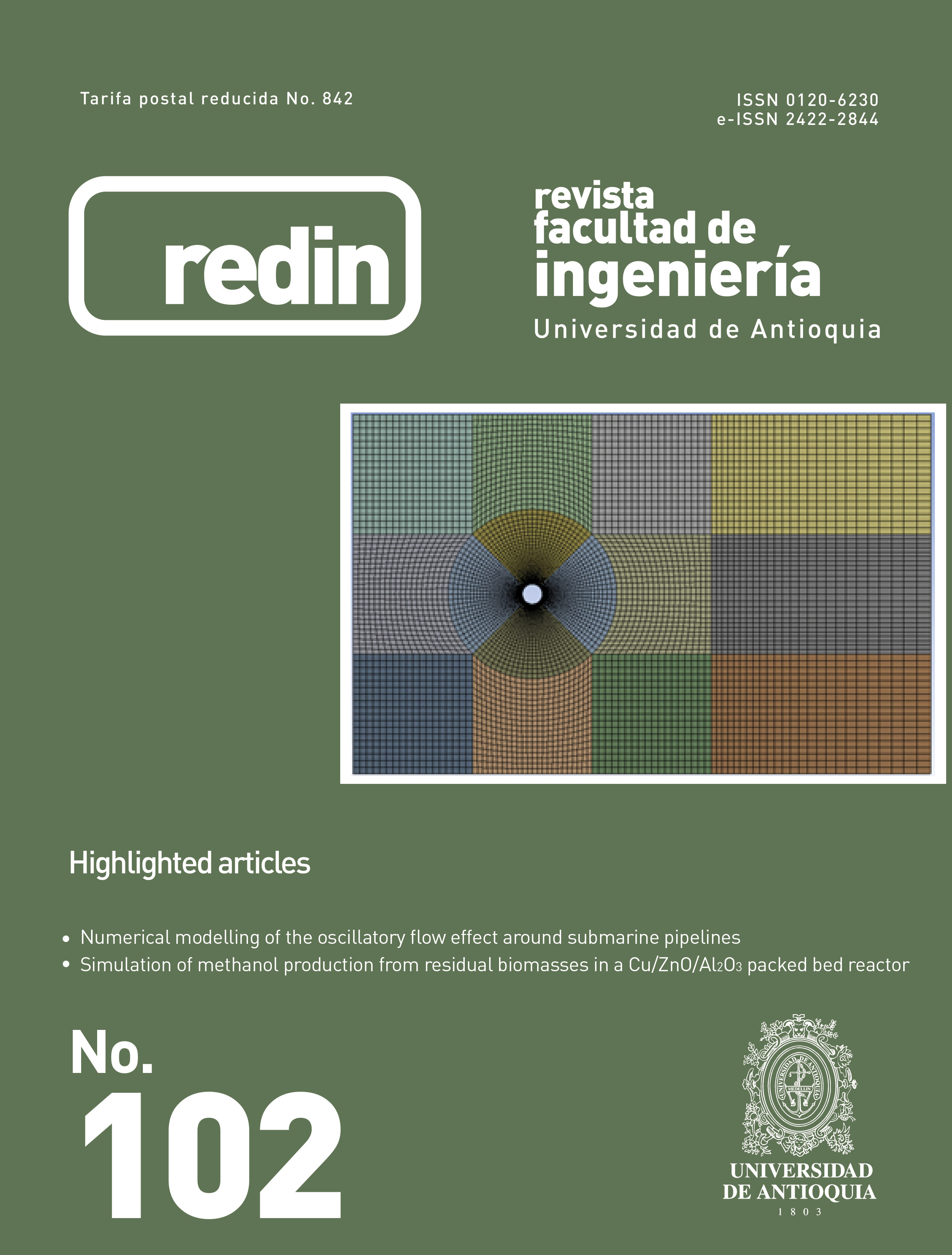Editorial
DOI:
https://doi.org/10.17533/udea.redin.20210743Resumen
La autoría y la afiliación institucional son dos factores determinantes para la correcta identificación y recuperación de la producción intelectual de un investigador en las diferentes bases de datos. Es una cuestión ética clave definir los autores y el orden en que aparecen en los artículos o manuscritos científicos. No determinar la autoría antes o durante el desarrollo de la investigación puede provocar conflictos entre los responsables de una publicación. Comúnmente, la definición del primer autor (o "mainautor") y de los colaboradores (coautores), así como su orden en una publicación, tiene en cuenta los criterios establecidos por los principales investigadores, e implica mucha subjetividad.
Descargas
Citas
M. L. Gunturiz, C. M. Castro, and P. E. Chaparro, “Importance, definition and conflicts of authorship in scientific publications,” Revista Bioética, vol. 28, no. 1, Jan-Mar 2020. [Online]. Available: https://doi.org/10.1590/1983-80422020281361
A. Ruiz, “Educación y práctica en la medicina autoría en las publicaciones científicas criterios y conceptos,” Acta Médica Colombiana, vol. 24, no. 4, Jul-Aug 1998. [Online]. Available: http://www.actamedicacolombiana.com/anexo/articulos/9bb_04-1998-06-.pdf
A. Acosta, “Cómo definir autoría y orden de autoría en artículos científicos usando criterios cuantitativos,” Universitas Scientiarum, vol. 12, no. 1, Jan. 1, 2007. [Online]. Available: https://revistas.javeriana.edu.co/index.php/scientarium/article/view/4862
T. Albert and E. Wager. (2003) How to handle authorship disputes: a guide for new researchers. Accessed Jul. 19, 2021. [Online]. Available: http://publicationethics.org/files/u2/2003pdf12.pdf
T. Tscharntke, M. Hochberg, T. Rand, V. Resh, and J. Krauss, “Author sequence and credit for contributions in multiauthored publications,” PLoS Biol, vol. 5, no. 1, Jan. 16, 2007. [Online]. Available: https://doi.org/10.1371/journal.pbio.0050018
Descargas
Publicado
Cómo citar
Número
Sección
Licencia
Derechos de autor 2021 Revista Facultad de Ingeniería Universidad de Antioquia

Esta obra está bajo una licencia internacional Creative Commons Atribución-NoComercial-CompartirIgual 4.0.
Los artículos disponibles en la Revista Facultad de Ingeniería, Universidad de Antioquia están bajo la licencia Creative Commons Attribution BY-NC-SA 4.0.
Eres libre de:
Compartir — copiar y redistribuir el material en cualquier medio o formato
Adaptar : remezclar, transformar y construir sobre el material.
Bajo los siguientes términos:
Reconocimiento : debe otorgar el crédito correspondiente , proporcionar un enlace a la licencia e indicar si se realizaron cambios . Puede hacerlo de cualquier manera razonable, pero no de ninguna manera que sugiera que el licenciante lo respalda a usted o su uso.
No comercial : no puede utilizar el material con fines comerciales .
Compartir igual : si remezcla, transforma o construye a partir del material, debe distribuir sus contribuciones bajo la misma licencia que el original.
El material publicado por la revista puede ser distribuido, copiado y exhibido por terceros si se dan los respectivos créditos a la revista, sin ningún costo. No se puede obtener ningún beneficio comercial y las obras derivadas tienen que estar bajo los mismos términos de licencia que el trabajo original.










 Twitter
Twitter